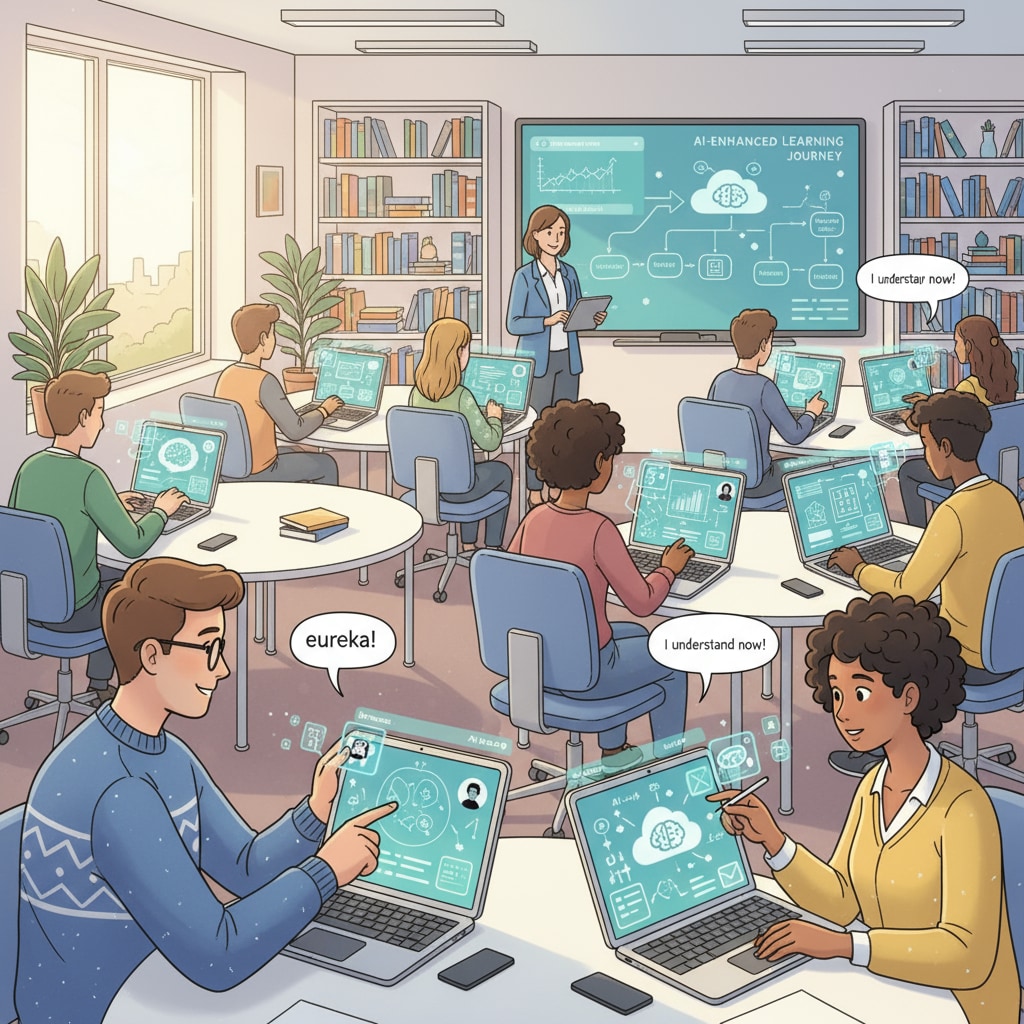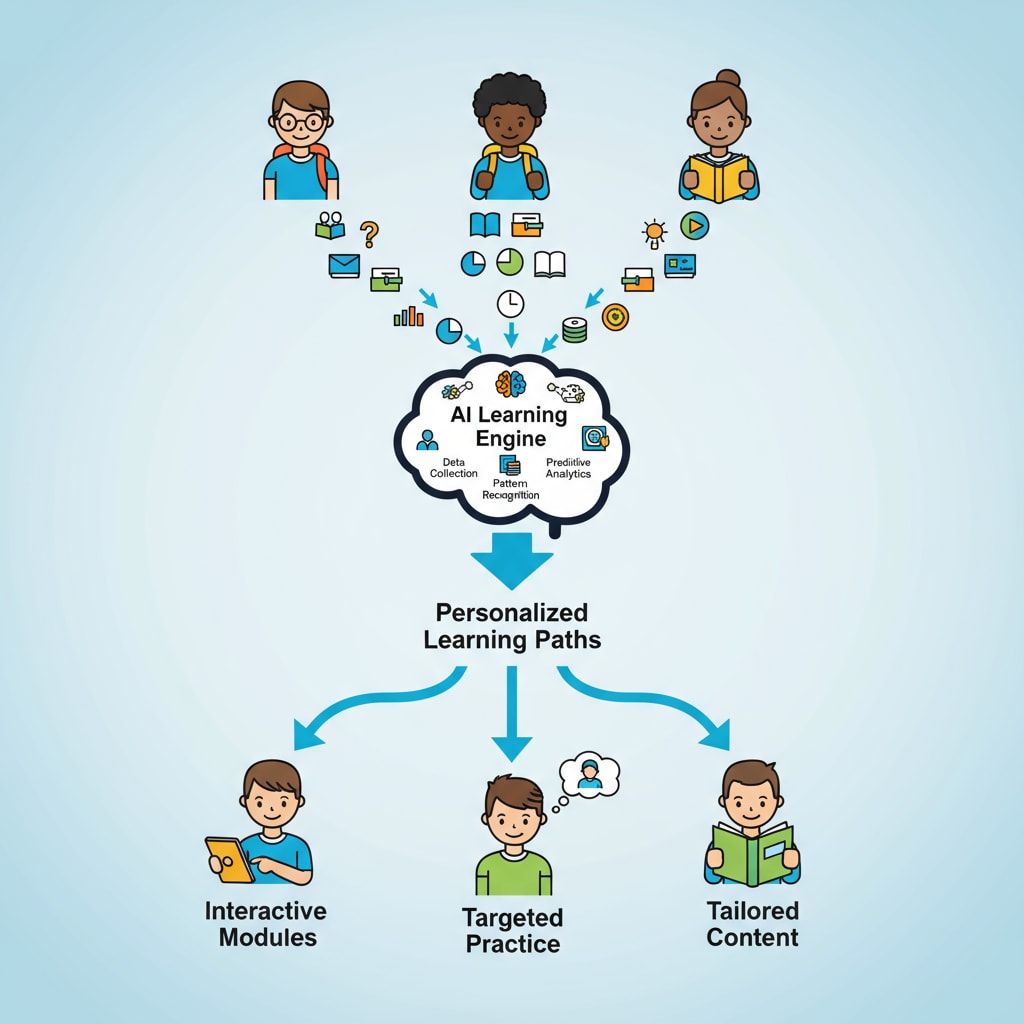Artificial intelligence, higher education, and automation are intertwined forces that are reshaping the landscape of university education systems. The rapid advancement of AI has brought about a wave of change that universities can no longer ignore.

As technology becomes more integrated into our daily lives, its impact on higher education is profound, touching every aspect from curriculum design to the job market for graduates.
The Rise of AI in Higher Education
The integration of artificial intelligence in higher education is not a distant dream but a present reality. AI – powered tools are being used in various ways, such as in online learning platforms. For example, intelligent tutoring systems can analyze a student’s learning patterns and provide personalized learning plans. This automation of the learning process helps students learn at their own pace. According to Artificial intelligence in education on Wikipedia, these systems are designed to adapt to individual students’ needs, much like a one – on – one tutor. In addition, AI can assist professors in grading assignments more efficiently, allowing them to focus on more complex aspects of teaching.

Automation and Its Role in University Operations
Automation, closely related to artificial intelligence, is streamlining university operations. Administrative tasks such as admissions processing, course registration, and financial aid distribution are becoming more automated. This not only saves time and resources but also reduces the chances of human error. For instance, AI – driven chatbots can answer frequently asked questions from students, providing instant responses. As a result, university staff can allocate more time to strategic planning and student support services. Referencing Automation on Britannica, automation in higher education is part of a broader trend towards efficiency and improved service delivery.
However, this trend also poses challenges. Some fear that excessive automation may lead to a loss of the personal touch in education. Students may miss out on the human interaction that is crucial for holistic development. Therefore, universities need to strike a balance between leveraging automation for efficiency and maintaining the quality of the student experience.
Challenges for Higher Education Institutions
One of the major challenges universities face is the need to update their curriculum to keep pace with AI and automation. Traditional degree programs may not adequately prepare students for the jobs of the future, which will be highly influenced by these technologies. There is a growing demand for courses that teach AI – related skills, such as machine learning and data analytics. Moreover, professors need to be trained to incorporate AI tools into their teaching. This requires significant investment in professional development. In addition, issues related to data privacy and security arise as more student data is collected and analyzed by AI systems. Universities must ensure that proper safeguards are in place to protect students’ information.
Opportunities for Innovation
Despite the challenges, the combination of artificial intelligence, higher education, and automation presents numerous opportunities. For example, collaborative learning experiences can be enhanced through AI – enabled platforms. Students from different parts of the world can work together on projects, facilitated by intelligent communication tools. Universities can also use AI to conduct research more efficiently, analyzing large datasets in a fraction of the time it would take manually. This can lead to new discoveries and advancements in various fields. Additionally, AI can be used to create immersive learning environments, such as virtual reality – based courses, which can make learning more engaging and effective.
Readability guidance: As we have seen, the relationship between artificial intelligence, higher education, and automation is complex. By understanding the challenges and opportunities, universities can better prepare for the future. Using short paragraphs and clear lists, we have explored how these forces are reshaping education. Transition words like “however”, “therefore”, and “in addition” have been used to make the flow of the article smooth, and the focus on key concepts has been maintained throughout.


